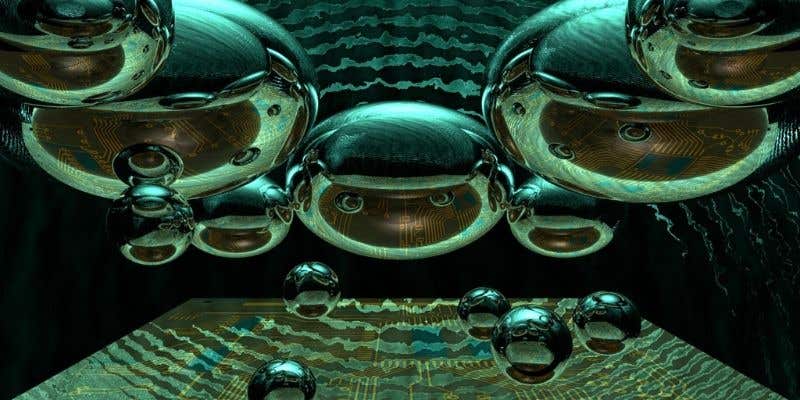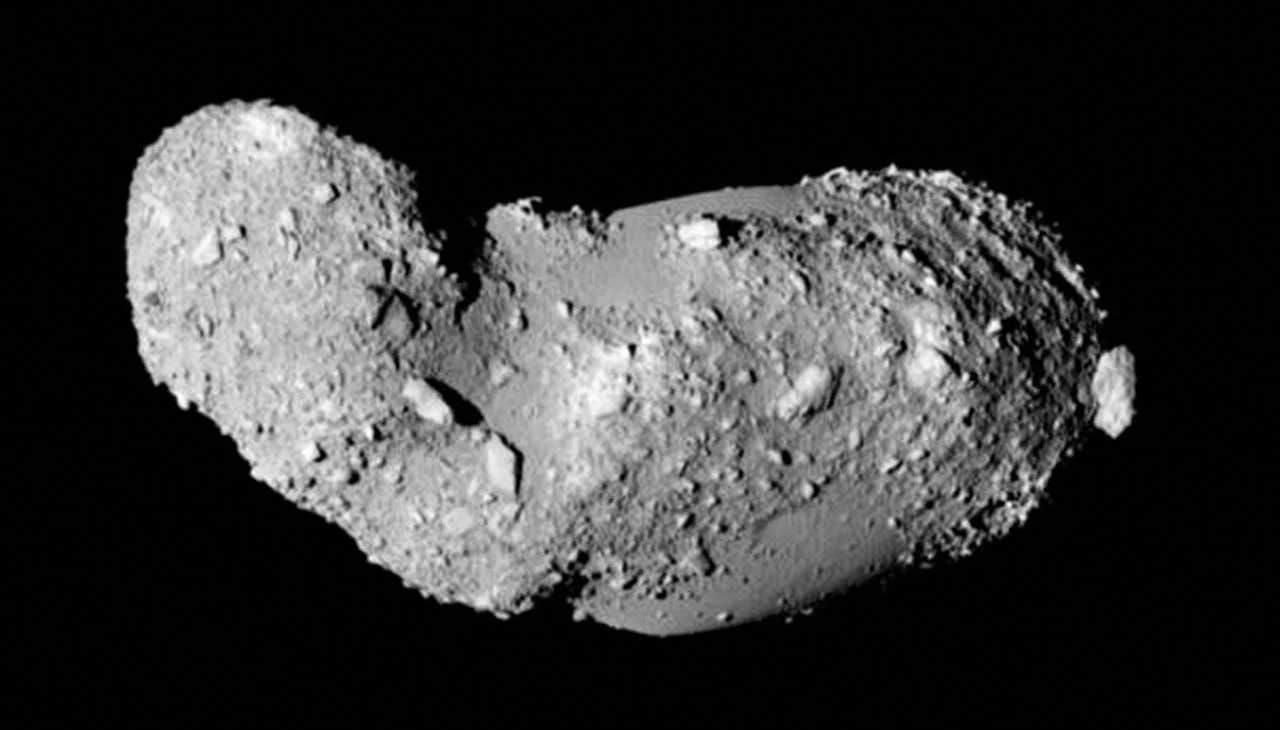Groundbreaking quantum simulation reveals a cataclysmic end to the universe
A quantum simulation of false vacuum decay offers groundbreaking insights into the universe’s stability and quantum computing advancements.

Scientists simulate false vacuum decay using a quantum annealer, revealing new insights into the fate of the universe and quantum computing. (CREDIT: CC BY-SA 4.0)
Nearly half a century ago, physicists proposed that the universe might be trapped in a metastable state known as a false vacuum. This state appears stable but could, over immense timescales, transition into a true vacuum, triggering a fundamental shift in the cosmos. If this process occurs, the laws of physics could change instantaneously, restructuring everything in existence.
Understanding this phenomenon has remained a challenge due to the complexity of quantum field theory. However, a new study led by an international team from the University of Leeds, Forschungszentrum Jülich in Germany, and the Institute of Science and Technology Austria (ISTA) has made significant progress.
Using a cutting-edge quantum annealer—a device designed to solve complex optimization problems—the researchers simulated the elusive process of false vacuum decay.
Professor Zlatko Papic, a theoretical physicist at Leeds, explained the significance of the work: “We're talking about a process by which the universe would completely change its structure. The fundamental constants could instantaneously change, and the world as we know it would collapse like a house of cards.”
Quantum Bubbles and the Role of a Supercomputer
False vacuum decay is thought to occur through the formation of "bubbles" of true vacuum within the false vacuum. Similar to bubbles forming in a liquid cooled below its boiling point, these quantum bubbles expand and interact, eventually leading to a phase transition.
The team used a D-Wave quantum annealer with 5,564 superconducting flux qubits, integrated into the Jülich UNified Infrastructure for Quantum computing (JUNIQ). By arranging these qubits in a ring, they simulated the behavior of a quantum Ising model, a system that represents magnetic interactions at the atomic scale. Tuning the system’s parameters allowed them to initiate and observe the decay of a false vacuum state.
Dr. Jean-Yves Desaules, a researcher at ISTA, compared the phenomenon to a rollercoaster with multiple valleys, where quantum mechanics allows the universe to tunnel from one valley to another. “If that is indeed the case, quantum mechanics would allow the Universe to eventually tunnel to the lowest energy state, or the ‘true’ vacuum, and that process would result in a cataclysmic global event,” he said.
Related Stories
The quantum annealer provided a unique opportunity to study bubble formation and interactions in real time. Instead of isolated quantum tunneling events, researchers observed a complex dynamic in which bubbles influenced each other, with larger bubbles absorbing smaller ones in a process resembling a "quantum dance." This insight could help refine theories about how these transitions occurred in the early universe.
Breakthroughs in Quantum Simulation
Simulating false vacuum decay at such a large scale represents a significant leap in quantum research. Until now, studying these processes relied on theoretical calculations that were difficult to validate. The experiment allowed researchers to directly observe how bubbles evolve, a breakthrough that could redefine how scientists approach quantum phase transitions.
The study also sheds light on a key concept known as the Kibble–Zurek mechanism, which describes how phase transitions generate defects and fluctuations in a system. The team’s observations confirmed theoretical predictions about how false vacuum decay proceeds, reinforcing the idea that quantum fluctuations play a crucial role in shaping the universe’s structure.
Dr. Jaka Vodeb, a researcher at Forschungszentrum Jülich, emphasized the potential of quantum annealers in physics: “By leveraging the capabilities of a large quantum annealer, our team has opened the door to studying non-equilibrium quantum systems and phase transitions that are otherwise difficult to explore with traditional computing methods.”
In addition to its cosmological significance, the research has implications for advancing quantum computing. The ability to simulate quantum field theories using annealers could lead to breakthroughs in materials science, cryptography, and artificial intelligence.
From the Universe to Real-World Applications
While the prospect of false vacuum decay reshaping the universe is intriguing, the study’s real-world impact extends beyond cosmology. Researchers believe insights from bubble interactions in quantum systems could improve quantum computing performance by refining how qubits manage errors and process information.
The team also demonstrated how tabletop experiments with quantum devices could replace massive high-energy physics facilities like the Large Hadron Collider in some cases. Professor Papic highlighted the significance of these findings: “It’s exciting to have these new tools that could effectively serve as a laboratory to understand the fundamental dynamical processes in the Universe.”
The research, funded by the UKRI Engineering and Physical Sciences Research Council (EPSRC) and the Leverhulme Trust, underscores how fundamental physics can intersect with technological innovation.
Dr. Kedar Pandya, EPSRC’s Executive Director for Strategy, noted, “Curiosity-driven research is a critical part of the work EPSRC supports. This project is a great demonstration of that work, with ideas from fundamental quantum physics coming together with technological advances in quantum computing to help answer deep questions about the nature of the Universe.”
As quantum technology continues to evolve, the ability to simulate and manipulate fundamental processes like vacuum decay could open new frontiers in physics. While the universe’s fate remains uncertain, this research provides a new way to explore its mysteries, bringing theoretical physics one step closer to reality.
Note: Materials provided above by The Brighter Side of News. Content may be edited for style and length.
Like these kind of feel good stories? Get The Brighter Side of News' newsletter.
Joseph Shavit
Head Science News Writer | Communicating Innovation & Discovery
Based in Los Angeles, Joseph Shavit is an accomplished science journalist, head science news writer and co-founder at The Brighter Side of News, where he translates cutting-edge discoveries into compelling stories for a broad audience. With a strong background spanning science, business, product management, media leadership, and entrepreneurship, Joseph brings a unique perspective to science communication. His expertise allows him to uncover the intersection of technological advancements and market potential, shedding light on how groundbreaking research evolves into transformative products and industries.



